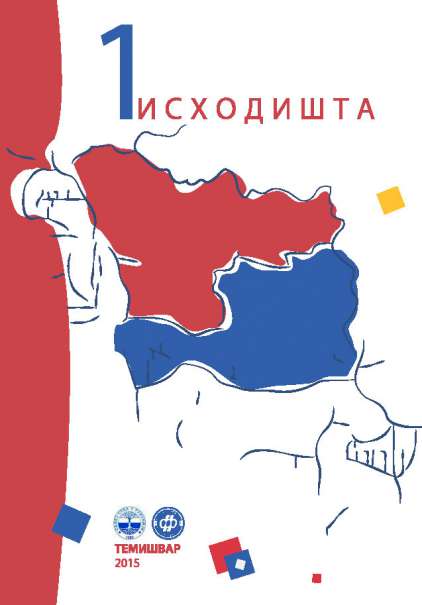ПОМЕРАЊЕ СТАНОВНИШТВА ЧЕНЕЈА УСЛЕД ПРОЦЕСА РАЗГРАНИЧЕЊA КА ЈУГОСЛОВЕНСКОМ БАНАТУ (1921–1923)
MIGRATIONS FROM CENEJ TO YUGOSLAV BANAT DUE TO DEMARCATION PROCESS 1921-1923
Author(s): Milan MicićSubject(s): Interwar Period (1920 - 1939), Migration Studies, Asylum, Refugees, Migration as Policy-fields
Published by: Universitatea de Vest din Timişoara
Keywords: Banat; borderline; Serbs; colonists; migration;
Summary/Abstract: The post-World War One demarcation process in region of Banat, concerning Kingdom of SCS and Romania, two neighbouring countries and allies in the Great War, lasted six years (1918-1924). In the end, a compromise was made through mediation of allied France. Friendship convention signed in July 1921 contained the border protocol, according to which a mixed Yugoslav-Romanian commission worked from 1921 to 1923 on border-correction in Banat. One of the villages in disputed area was Čenej (present-day Cenei in Romania), where Yugoslav authorities were implementing agrarian reform on what used to be an estate of Hungarian nobleman Csavossy; local peasants in Čenej rose in revolt (the so-called “Čenej uprising” in May 1920), when the land was divided not only among local Serbian population, but among war volunteers from Lika who were colonized here in the meantime and became major competitors for once magnate land. Due to the rumours, that began in 1920, claiming that Čenej might fall into Romanian state proper, largely confirmed by the arrival of border-correction commission in Čenej in 1921, group of volunteers moved to a neighbouring colony of Rusko Selo. This colony had 6 volunteers from Banatian villages that had previously fallen to Romania, among these two from Čenej. Border correction process in Banat was acompagnied by various rumours and disturbance of people who lived in villages that were subjected to demarcation process. By the end of 1923, a Border Correction treaty was made, according to which 5 villages came to Yugoslav, and 13 to Romanian state proper; among these latter was Čenej. Evacuation of people from both Yugoslav and Romanian Banat came hand in hand with the evacuation of property, which caused protests on both sides. Pressured by evacuation and due to installation of new Romanian authority during 1924, total of 22 families moved from Čenej to Kingdom of SCS, finding new home near the new border in Banat, spanning from Srpska and Nemačka Crnja on the north to the outskirts of Veliki Bečkerek in the south.
Journal: Исходишта
- Issue Year: 1/2015
- Issue No: 1
- Page Range: 293-304
- Page Count: 12
- Language: Serbian

